
Review on Functional Multimeter Capacity Temperature Detector by Cornelius Reeves

Cute little electrical tester
Seems pretty accurate. The fine print is difficult to read, but it is clear enough to use a small magnifying glass. Just hold down the button and the language will change to English and volts and amperes will become a readable font size. I've tried both USB A and C but I don't have a real C device right now. Both worked fine. I will update this if anything changes. Always remember that most USB-A cables longer than 3 feet will NOT charge your device at full power. If you're not careful to buy larger cables, this is all you get. The shorter the cable, the faster it charges. In the cable, the voltage drops by 25% up to the phone, and therefore the current also drops by the same percentage, so the actual power delivered (volts x amps) drops drastically. A USB-C power adapter works much better with a USB-C device since it starts at 20V instead of 5V. Don't blame the USB-A power adapter, it's regulated at 5V. If you simply connect this tester to a power supply with no load connected, you will see that the power supply is regulating properly. Then connect the load. The voltage will typically drop a few 1/10 volts and current (amps) will flow. The tester measures actual current (amps). But voltage is measured at the point on the cord where it is plugged in, not at the phone or other device. It crashes when it hits the device.
- Durable finish
- So far so good
New products
Comments (0)
Top products in 🛠️ Scanners & Testers
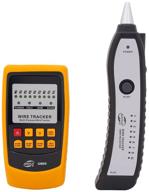
Cable tester BENETECH GM60

15 Review
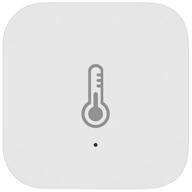
Room temperature and humidity sensor Aqara Temperature and Humidity Sensor white

25 Review
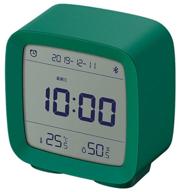
Qingping Qingping Bluetooth Smart Alarm Clock Green

22 Review

VIVREAL 4 In 1 Stud Finder Wall Scanner With LCD Display - Center Finding Beam Finder And Sound Warning For Wood, AC Wire, And Metal Studs (Black/Silver)

24 Review
Another interesting products
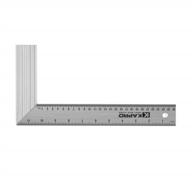
Kapro 307-08-TMS Try And Mitre Layout And Marking Square With Stainless Steel Blade, 8-Inch Length

18 Review

➕ Stainless Steel L-Square, Size 3-Inch x 4-Inch, Zona 37-434

8 Review
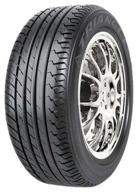
Triangle Group TR918 225/45 R18 95V summer

61 Review

🔲 Johnson RAS-1B Johnny Square: Professional Aluminum Rafter Square, 7'', Silver - Top Quality with 1 Square

8 Review

